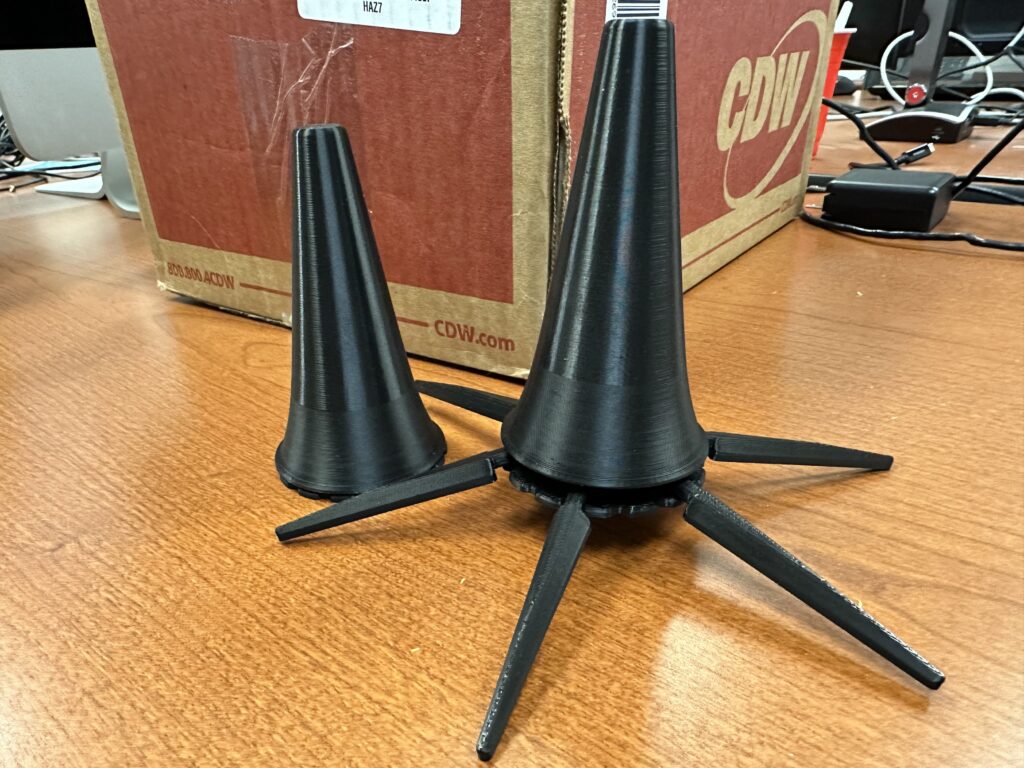One of the most appreciated clarinettists in the world...
Luca Luciano
I am a Italian clarinettist/composer based in London and clarinet professor (at the Leeds College of Music, UK’s largest conservatoire). My academic research focuses extended techniques for the contemporary repertoire and new music for clarinet solo also presented at master-classes and educational events (in the UK, Brazil, Italy) and premiered at St Martin in the Fields in London and the Bristol Cathedral. I am active as soloist/composer, touring extensively the UK and overseas and in the past few years I have been focusing primarily on my own music releasing three solo albums.
More on www.lucaluciano.com
This solo is based on a Blues (in “D”), a basic...
